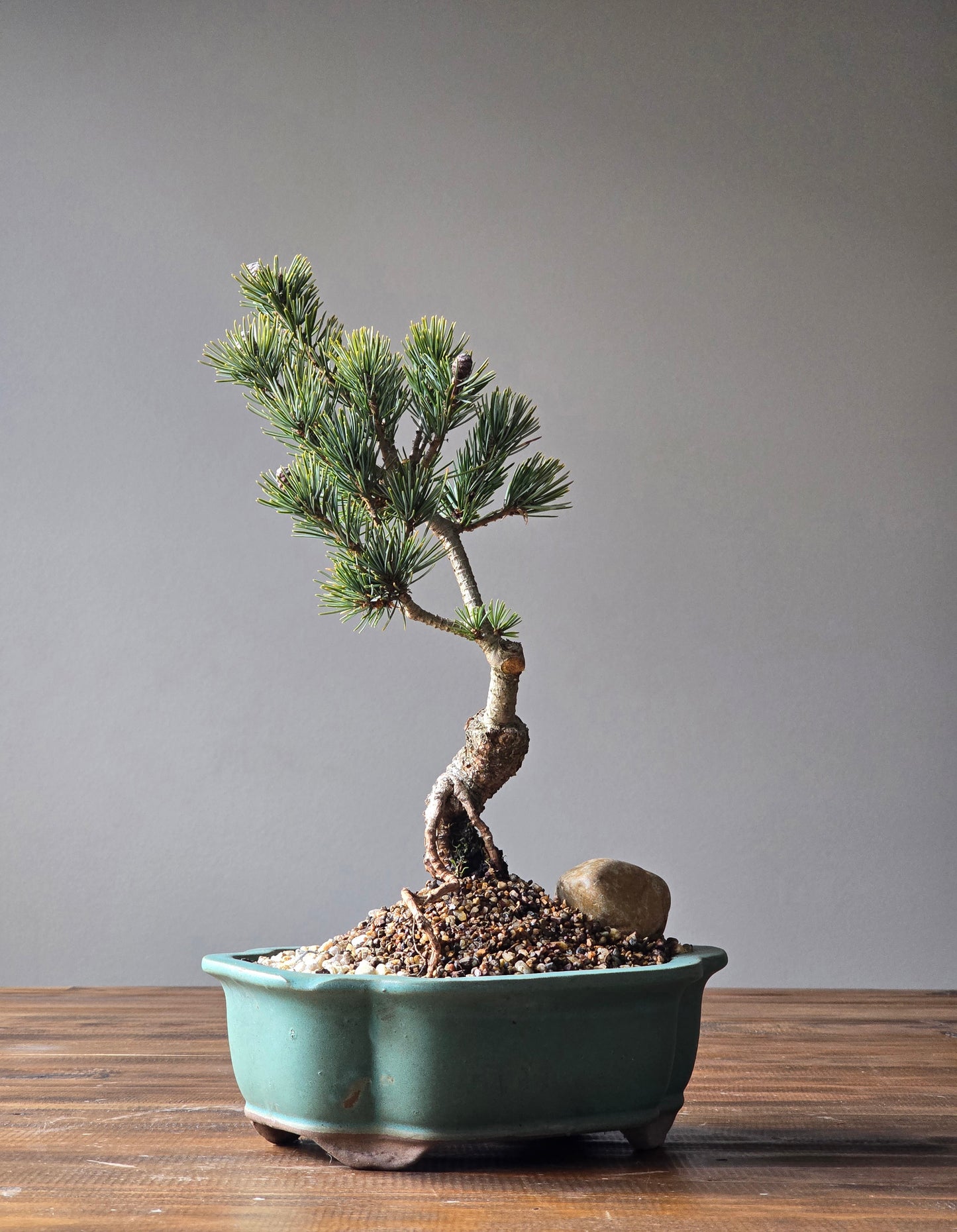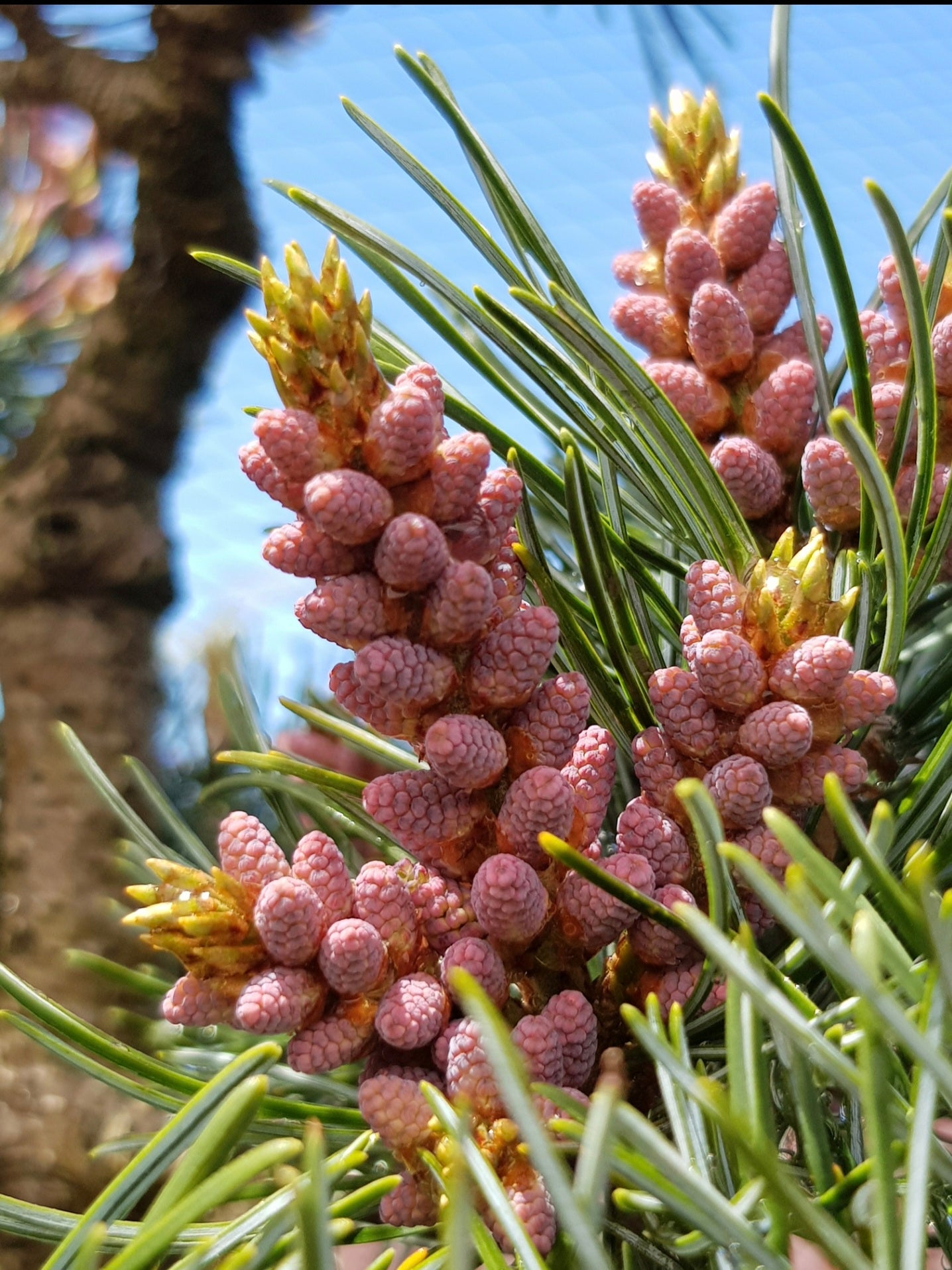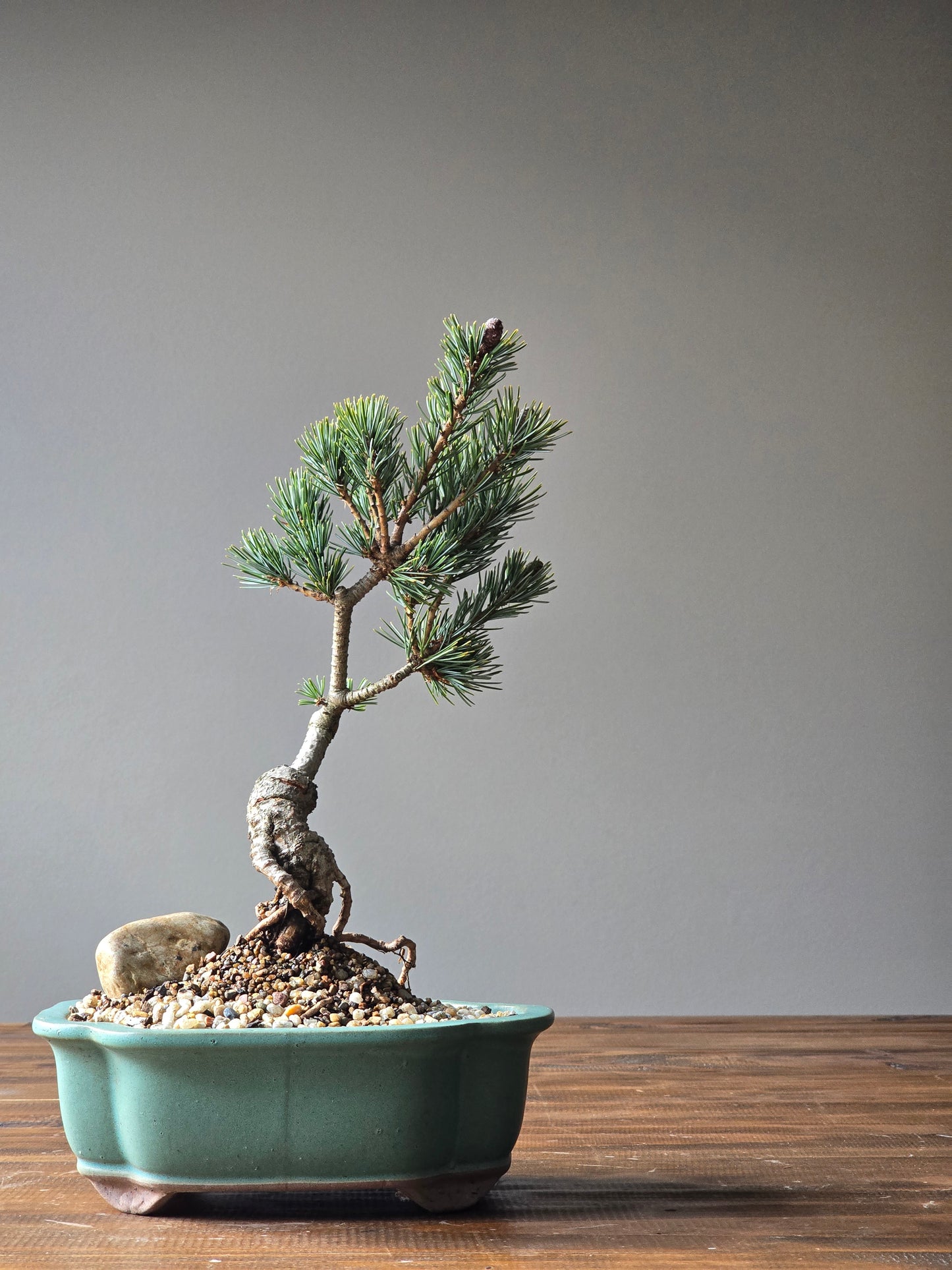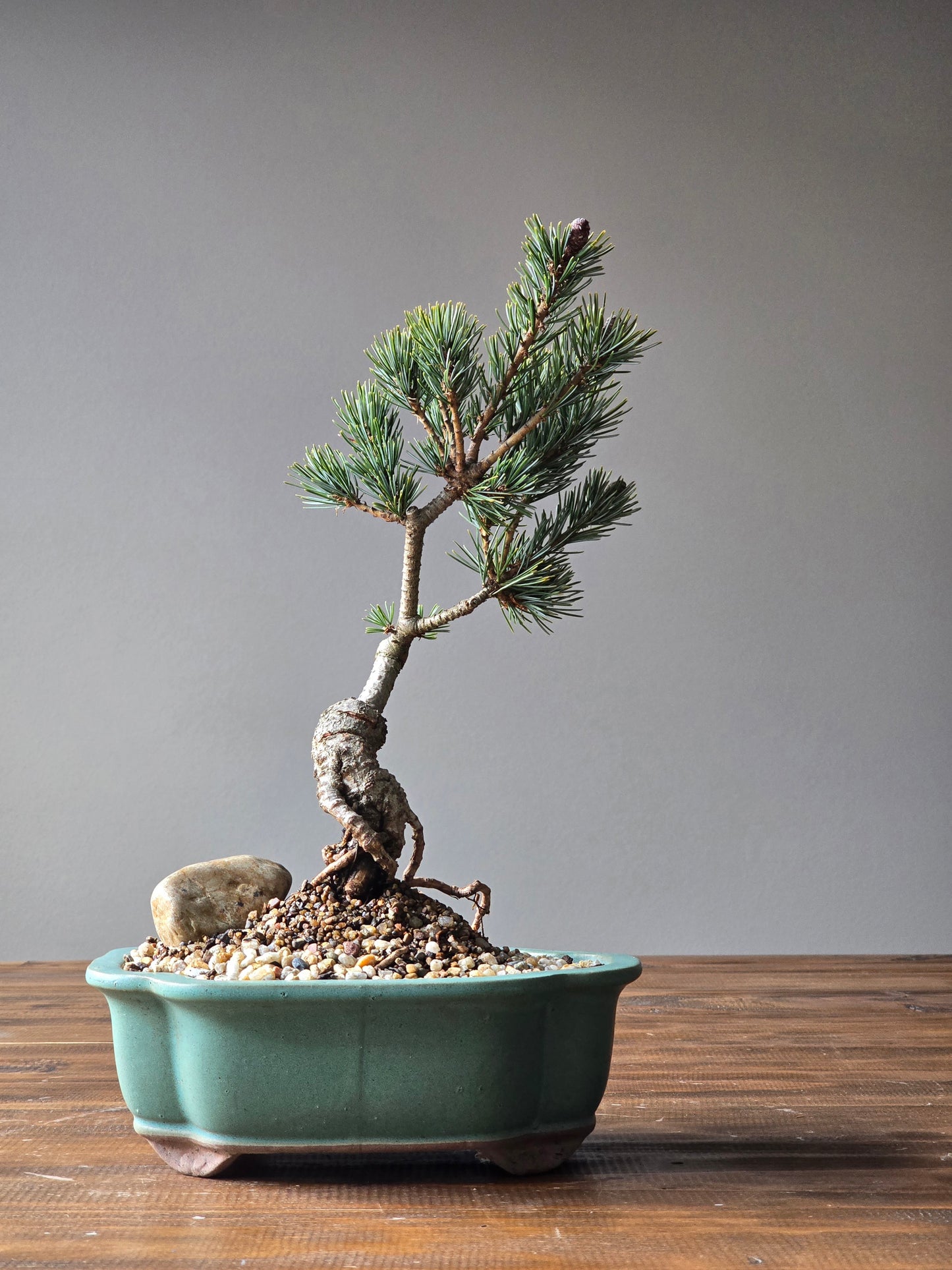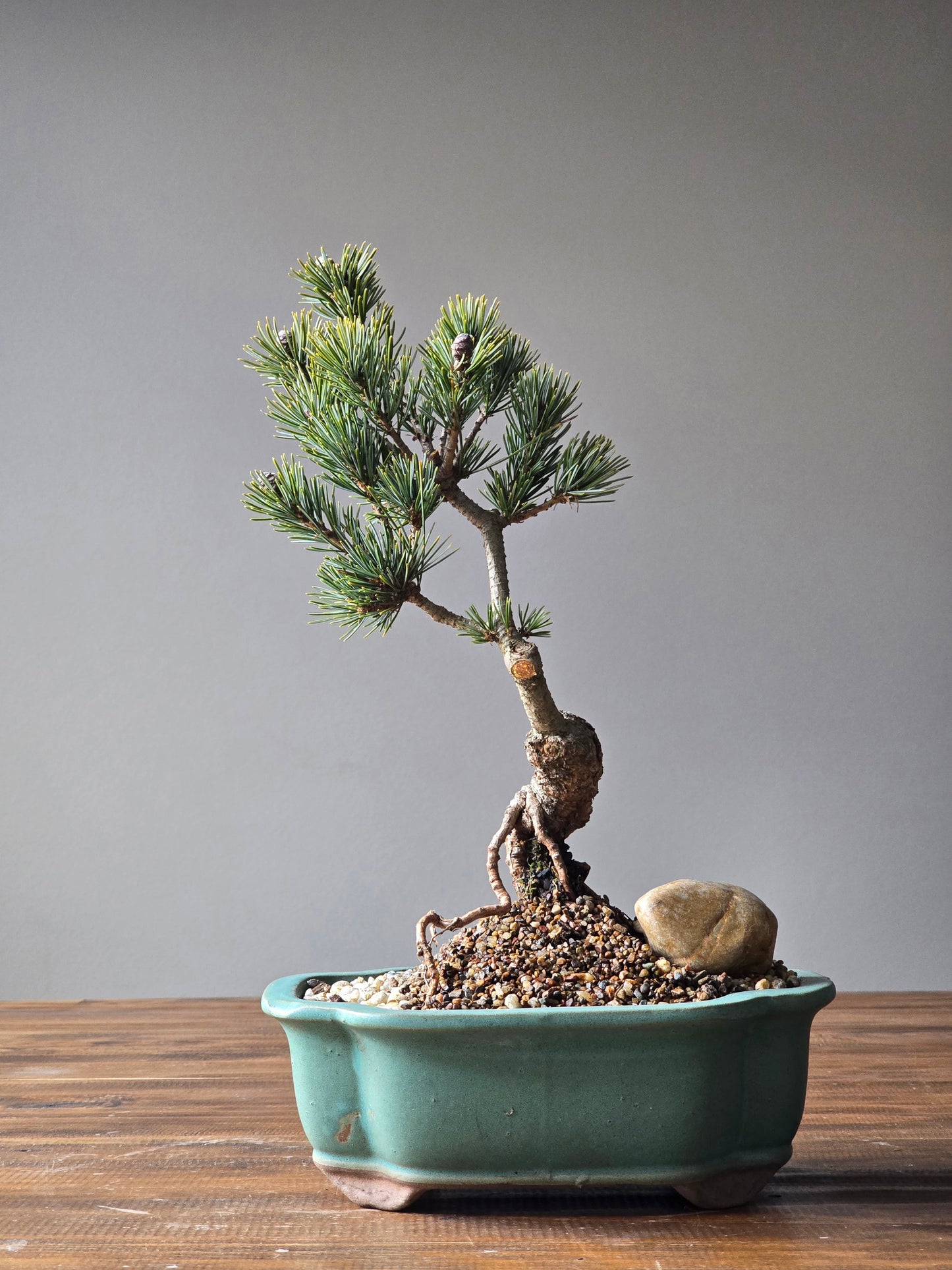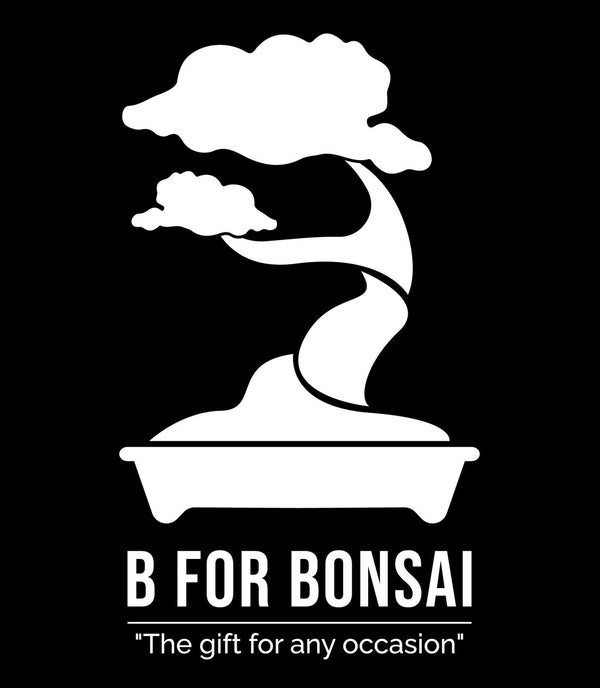My Store
Japanese White Pine Bonsai
Japanese White Pine Bonsai
Couldn't load pickup availability
Japanese White Pine
Japanese White Pine (Pinus parviflora) has some fascinating aspects that go beyond the usual plant facts. Here are a few things that make it especially interesting:
🌟 1. It's a Bonsai Superstar
The Japanese White Pine is one of the most prized species in bonsai culture—especially in Japan. It’s often considered the pinnacle of bonsai artistry because of its:
Naturally compact needle size
Graceful, aged-looking bark
Ability to survive heavy pruning and wiring
Some Japanese white pine bonsai trees are over 500 years old and passed down through generations. They're displayed in museums like the Omiya Bonsai Art Museum and the U.S. National Bonsai & Penjing Museum.
🌊 Symbol of Immortality & Honour
In Japanese symbolism, pines represent eternal youth and endurance. You'll find pine motifs in samurai crests, Noh masks, and ukiyo-e prints. They're also used in New Year’s decorations (Kadomatsu) alongside bamboo and plum, representing perseverance, vitality, and renewal.
Sun Exposure
Pines love full sun. This exposure to the sun allows pines to maximize their capacity to produce tight, dense, compact growth and gives them the strength they need to thrive.
Fertilizing
Pines will produce a lot of needle growth and will elongate quickly when fertilized aggressively during development.
With moderate fertilization, pine bonsai tree will produce a fair amount of growth. Once a month application is sufficient.
Pruning
The best time to structurally style or remove branches from a pine bonsai is in the early Spring, prior to the onset of new growth, or the early Autumn.
For refinement, pine should be pruned right after its first flush hardens. This allows for a much more manageable and controllable push of growth.
Letting the Spring flush growth exist on your pine will encourage more aggressive growth.
Photo: 07 Aug 25
Height: 35cm from the bottom of the pot.
Share
